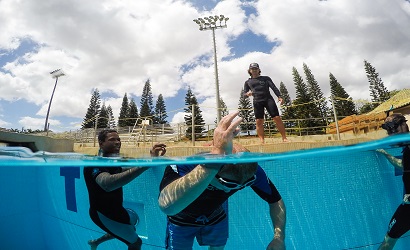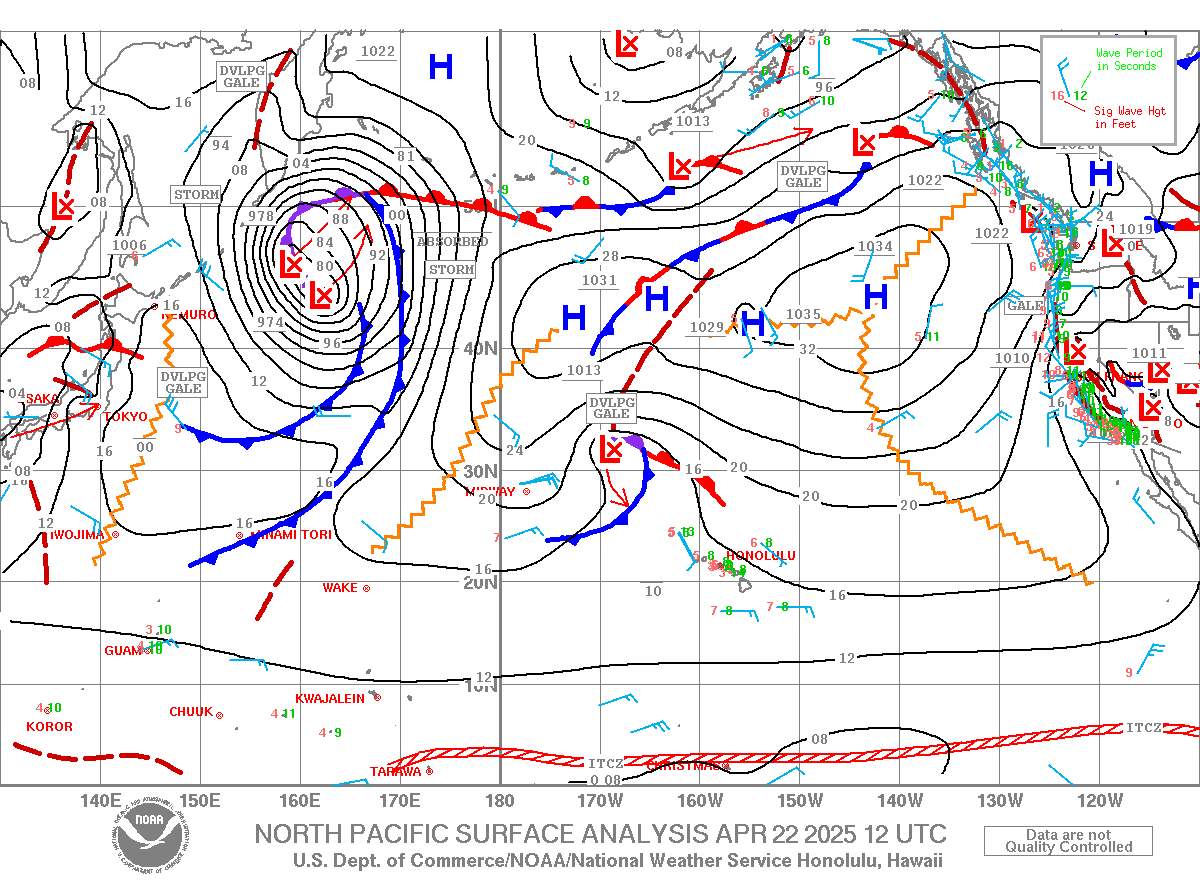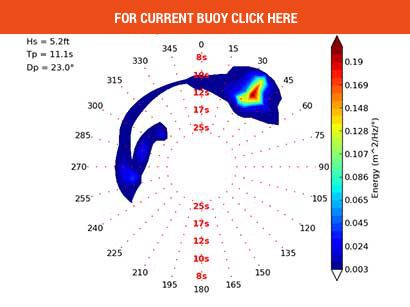
Duration: 2 days, Results: A lifetime
Front page image: Gary Kewley/SNN giving the A-Ok during training. “Ricardo is in his wheel house…with Passion and Expertise to spare.”
Ricardo Taveira
Padi Master Diver Trainer
Rescue Diver & Apnea Instructor
EFR -CPR Instructor at American Heart Association
Big Wave surfer with 30 years of surfing experience
Apnea & Surfing Survival course in Hawaii. Duration: 2 days
This course is designed with only one goal in mind; to increase your breath hold ability intense situations underwater, while remaining calm and in total control of your mind. In this apnea training for surfers, you will learn different techniques of apnea and breathing exercises to fully oxygenate the body, strengthen and increase the capacity of the lungs. The class is designed to help you spend more time underwater through lectures, intense breath holds training and multiple breathing and swimming exercises. Its purpose is to aid surfers in dealing with extreme situations where mind control and calmness are the main factors for your survival.
In addition to apnea theory and breathing techniques to maximize oxygenation and breath hold, we will be emphasizing High Surf Risk Management in order to recognize, minimize or avoid unnecessary risks found in the surf zone. We will also present and work on many “Surf Rescue” scenarios encountered in the sport of surfing and other water activities. We will cover the importance of providing CPR and Rescue Breath skills to unconscious victims.
This course is divided in three parts:
THEORY (4 hours)
We will study in depth the physiology of apnea through academic information. This information is very significant when we push our body to the limit. Understanding what causes our body to black out during breath hold training exercises, and how to identify signs and symptoms of hypoxia is crucial in order to train safely. High surf risk management, emergency action planning, dealing with panic will also be studied in the academic development portion of the course.
Swimming Pool (6 hours)
At the pool, before we start the apnea training, we will present some rescues skills in order to train apnea safely with a partner. We will put into practice proper ventilation and breath ups, in order to perform numerous underwater exercises. Each exercise simulates a real situation found in the surfing environment. Surfers will work with a training partner throughout the entire class.
Ocean (6 hours)
We will start the second day with CPR training and breathing exercises, followed by a full O2 table apnea practice. This is when people get their personal best (most get 3 minutes, with some people holding for 4 and even 5 minutes). Later, in the water, we will present more dynamic apnea and survival skills before we move into the surf rescue part of the course. This is when surfers learn tools that could help them save lives. At the end, we will focus again on the stress apnea exercise simulating a wipeout or a long hold down.
These are the main aspects of the training:
• Physiology of Apnea;
• Proper breathing exercises to improve ventilation and strengthening of the lungs;
• Safety;
• Static Apnea;
• Dynamic Apnea;
• Stressed Apnea;
• Risks and dangers of training apnea;
• Surviving a massive wipe out;
• Risk management and emergency action plan;
• Surfing Rescue skills;
• CPR and rescue breath.
I have worked with many lifeguards, firefighters, athletes, professional surfers, military, navy , police officers and a lot of regular people who are willing to breathe better and to become better watermen. I offer my course on a regular basis here in Oahu and also travel a lot to teach it overseas.
Here are some videos for you to take a look.
X-TERRA TV show https://vimeo.com/
HAWAII NEWS NOW https://www.facebook.com/
https://www.youtube.com/watch?
https://www.youtube.com/watch?
Here you can find some reviews from my company https://www.
Day 1 –
Meeting location; Veterans Memorial Aquatic Center at 7:30 am. We will be done training at 5:00 pm.
Address: 94-801 Kamehameha Hwy, Waipahu, HI 96797
PS; Bring plenty of healthy food to provide you with energy all day long. We wont be leaving the training site to get lunch.
Day 2 –
Meeting location 8:00 am at Waimea Bay or Electric Beach depending on swells. We will be done training around 5:00 pm
What to bring;
Fins
Mask n Snorkel
Warm Wetsuit
Surf leash
Hat
Sunglasses
Sunscreen
Food and water for the day
I am looking forward to training with you.
Thank you,
Ricardo Taveira





















